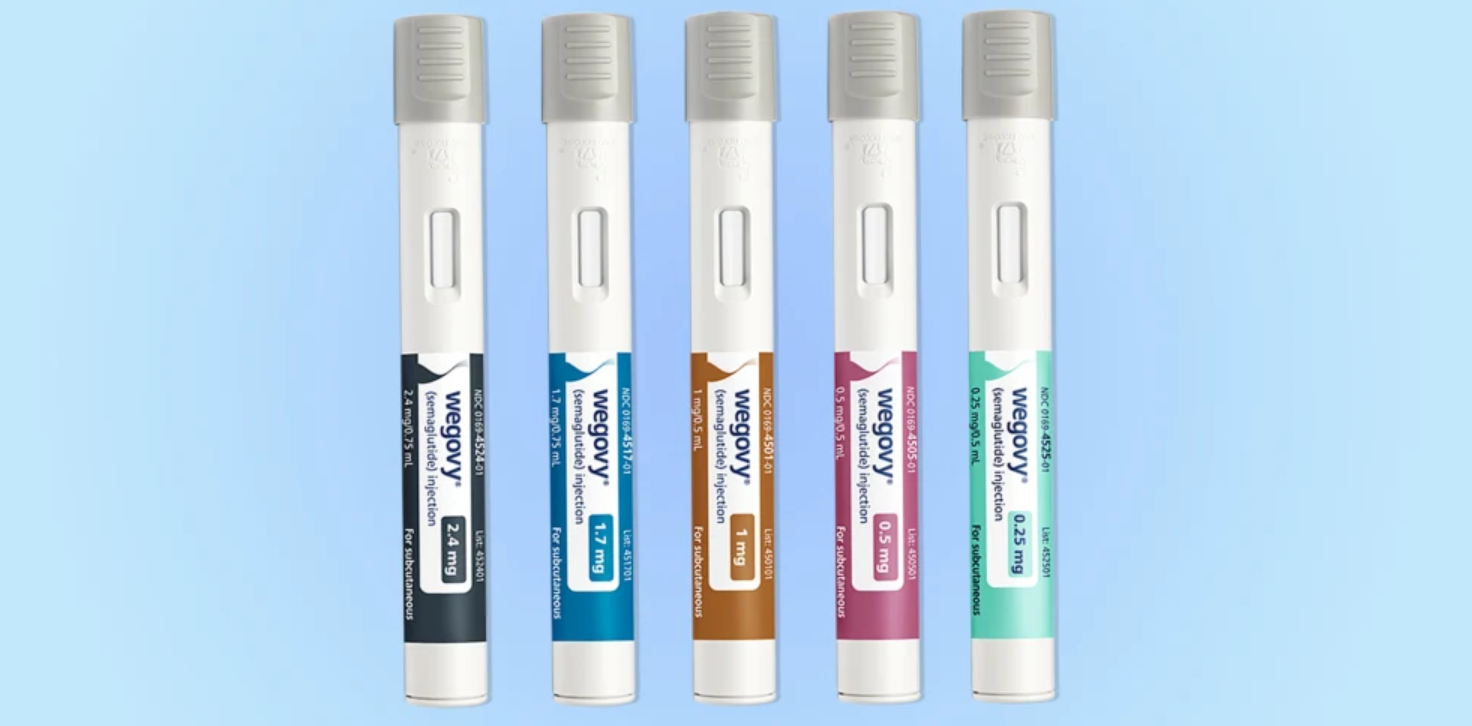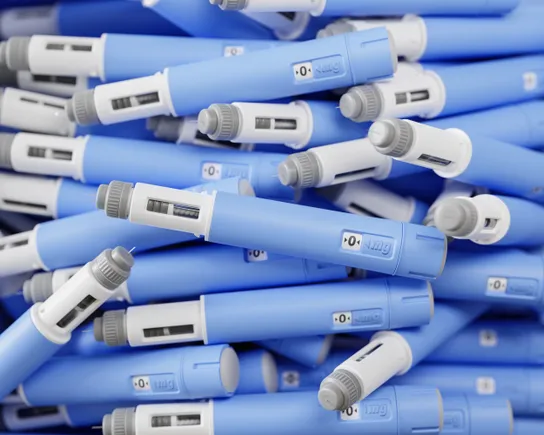A Polysaccharide‐Based Self‐Gelling Powder With Antibacterial and Antioxidant Capacities for Acute Hemostasis and Efficient Infected Wound Healing
Advanced Healthcare Materials, EarlyView.

This study develops a novel self-gelling powder (COT) composed of carboxymethyl chitosan (CMCS), oxidized konjac glucomannan (OKGM), and tannic acid (TA). Upon hydration, COT rapidly forms hydrogels demonstrating broad-spectrum antibacterial activity, potent antioxidant effects, and rapid hemostatic performance. In vitro and in vivo studies confirm that COT hydrogels reduce oxidative stress and inflammation by suppressing the NF-κB pathway while promoting angiogenesis and re-epithelialization. With superior mechanical properties, ease of use, and multifunctional bioactivity, COT exhibits promising translational potential for infected wound management.
Abstract
Traumatic wounds with severe bleeding and heavy contamination present significant challenges, including delayed healing and high infection rates. An ideal wound dressing should achieve rapid hemostasis, provide antibacterial activity, and regulate the microenvironment to facilitate tissue regeneration. To address these needs, this work develops a novel selfgelling powder (COT) comprising carboxymethyl chitosan (CMCS), oxidized konjac glucomannan (OKGM), and tannic acid (TA). The COT powder exhibits rapid gelation upon contact with water, forming a COT hydrogel, making it suitable for controlling hemorrhage across diverse wound sites. In vitro and in vivo studies confirm that the COT possesses broad-spectrum antibacterial activity and potent free radical scavenging capacity. When applied to infected wounds, the COT hydrogel significantly reduces oxidative stress and inflammatory responses while promoting angiogenesis and re-epithelialization. Transcriptomic analysis suggests that COT modulates wound inflammation, likely by suppressing the NF-κB signaling pathway. Given its favorable mechanical properties, strong antibacterial/antioxidant effects, ease of application, and rapid hemostatic performance, the COT emerges as a promising translational wound dressing for managing infected wounds.




















































































































































